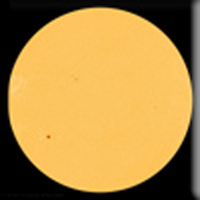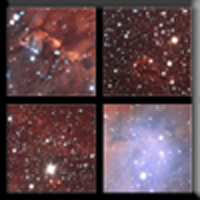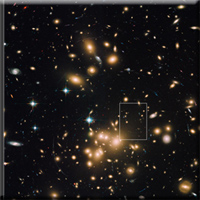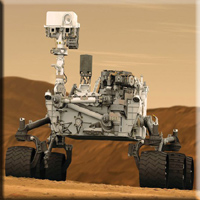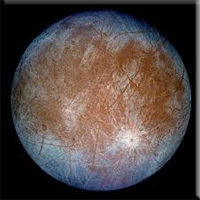September 18, 2013- By analyzing the distinctive cracks lining the icy face of Europa, NASA scientists found evidence that this moon of Jupiter likely spun around a tilted axis at some point.
This tilt could influence calculations of how much of Europa's history is recorded in its frozen shell, how much
heat is generated by tides in its ocean, and even how long the ocean has been liquid.
One of the mysteries of Europa is why the orientations of the long, straight cracks called lineaments have changed over time.
|

